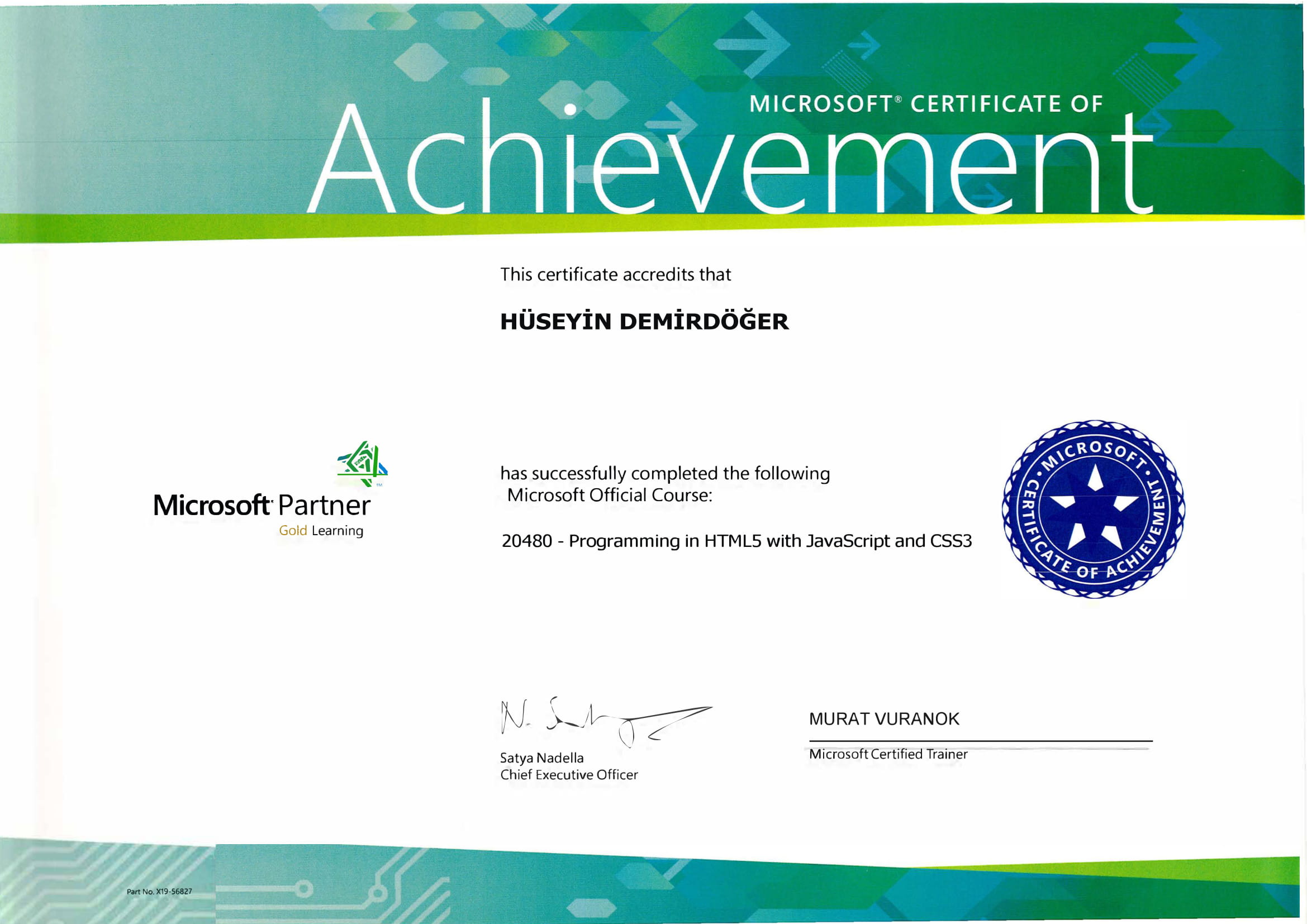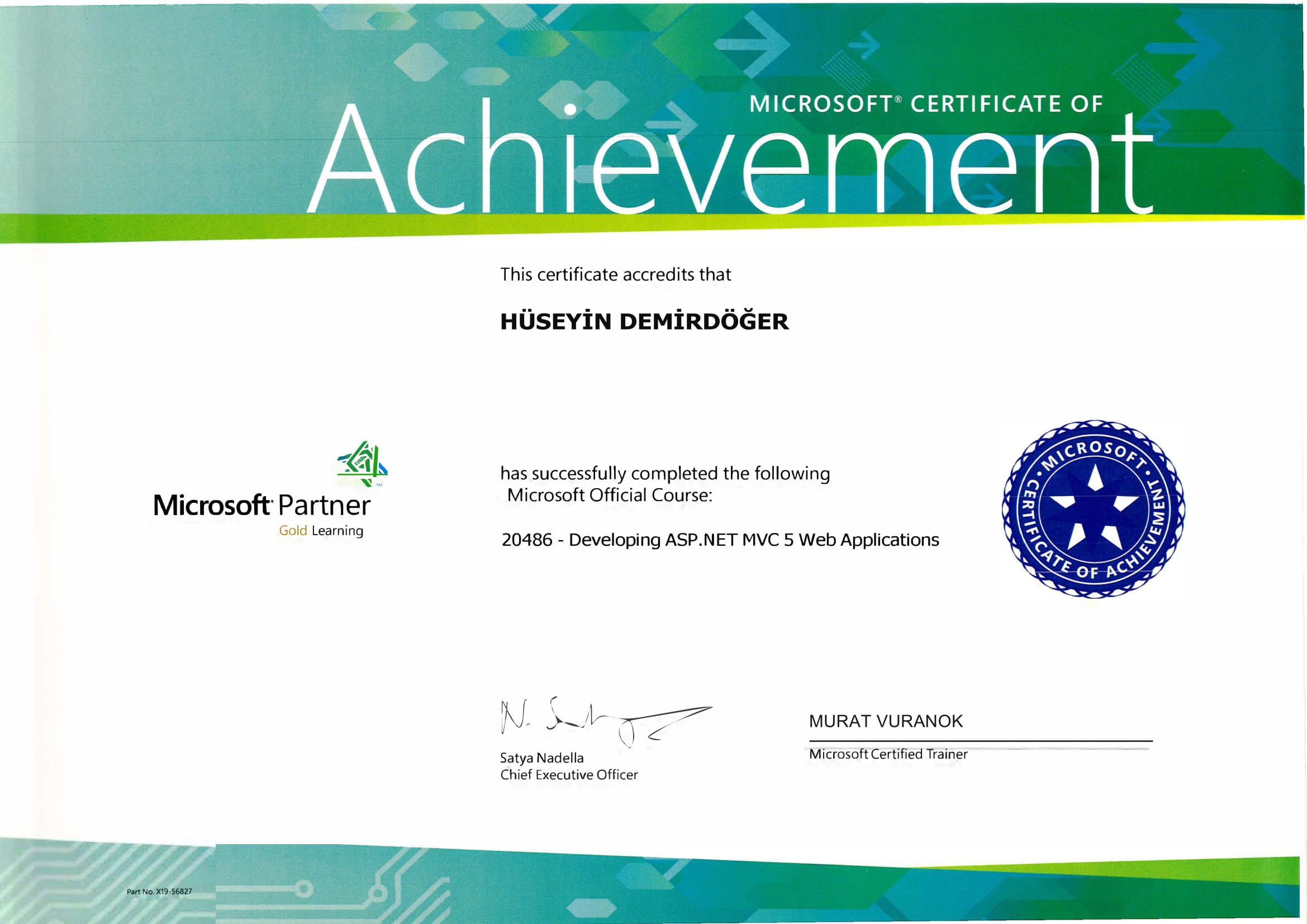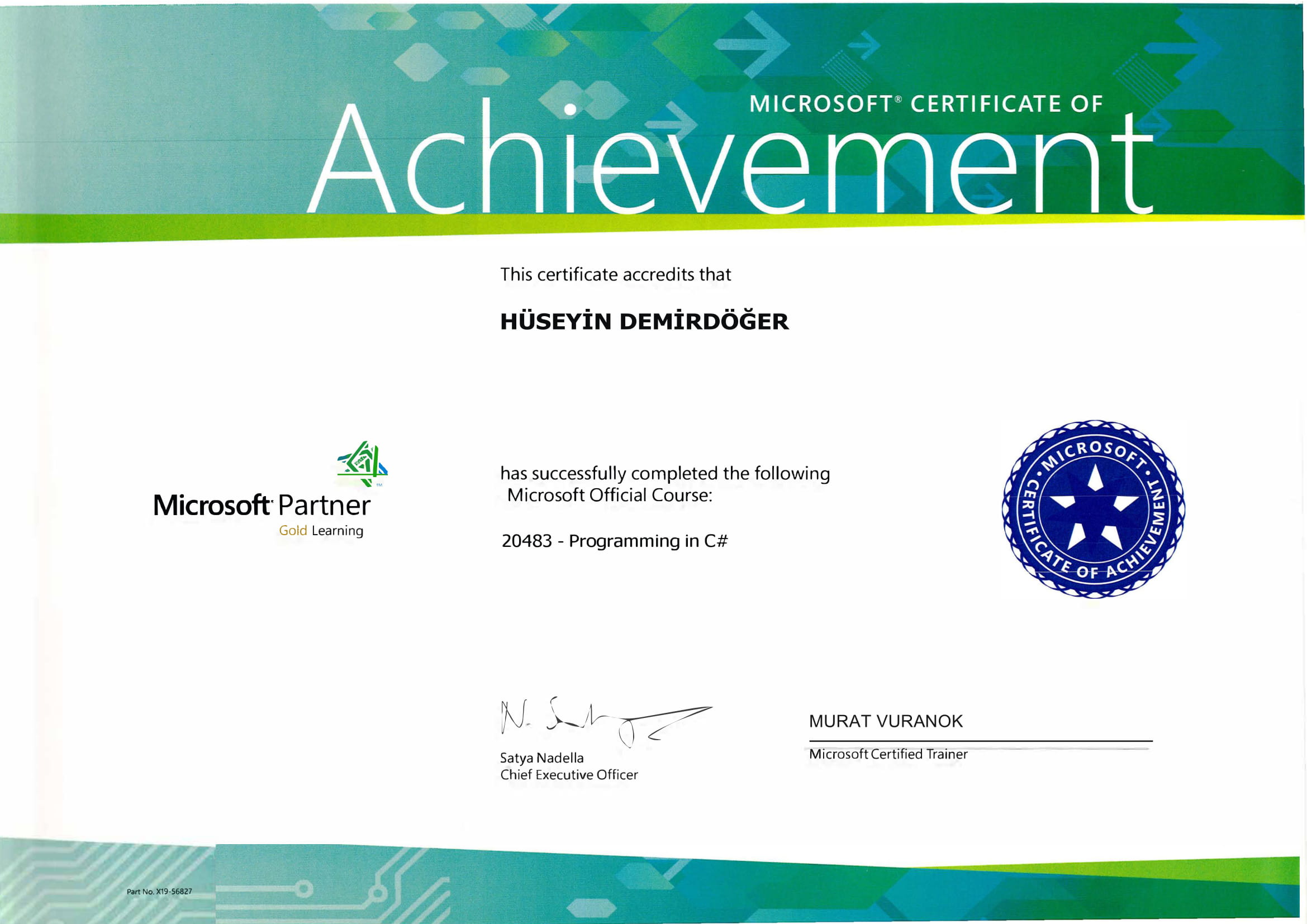Have you ever encountered the dreaded Windows error code 0x80070002 while trying to update your system or install new software? If so, you're not alone. This error often rears its head unexpectedly, leaving many users frustrated and unsure of how to proceed. Let’s explore how you can troubleshoot and fix this issue efficiently.
Understanding Error Code 0x80070002
This error typically appears during Windows Updates or software installations, and it’s often tied to missing or corrupted files, or incorrect system settings. Sometimes, it might appear due to software conflicts or incomplete installations. I once faced a similar problem—it was during an important update before a virtual meeting!
Step-by-Step Guide to Fix Error Code 0x80070002
1. Check System Date and Time Settings
Incorrect system time settings can sometimes cause update failures. Here's how you can correct it:
- Go to Settings > Time & Language.
- Ensure that the Set time automatically and Set time zone automatically options are enabled.
Accurate time settings are crucial for various system processes, including updates.
2. Restart Windows Update Service
Restarting the Windows Update service can resolve temporary glitches:
- Open Run by pressing
Win + R. - Type
services.mscand press Enter. - Locate Windows Update, right-click it, and select Restart.
For more details on addressing Windows Update issues, you might find this guide on 0x80070005 solutions particularly helpful.
3. Delete Temporary Update Files
Corrupted update files can cause errors. Clear the update cache:
- Navigate to
C:\Windows\SoftwareDistribution. - Delete all files in the DataStore and Download folders.
This step ensures a fresh download of update files. If you’re also dealing with installation issues, check out solutions for 0x8007001e.
4. Run Windows Update Troubleshooter
Windows provides built-in troubleshooters to tackle common problems:
- Go to Settings > Update & Security > Troubleshoot.
- Select Windows Update and run the troubleshooter.
This tool often identifies and fixes underlying update issues automatically.
What Next?
Maybe you've tried all these steps and the error persists. Have you considered scanning your drive for errors? Corrupt system files can be a root cause too. Use the System File Checker (SFC) and DISM tools:
- Open Command Prompt as Administrator.
- Run
sfc /scannowfirst, thenDISM /Online /Cleanup-Image /RestoreHealth.
You might be interested in this related discussion on 0x80070003 errors if file corruption is suspected.
Conclusion
By following these steps, you should be well on your way to resolving the 0x80070002 error code. It’s all about identifying the culprits, whether they’re files, settings, or services, and tackling them systematically. What do you think about these solutions? Have you ever faced something similar but with a different error? A comprehensive exploration is key to understanding the myriad of ways Windows system errors can be tackled!
For further insights and solutions to related issues, check credible sources like Microsoft's support page or community forums for diverse perspectives.


















